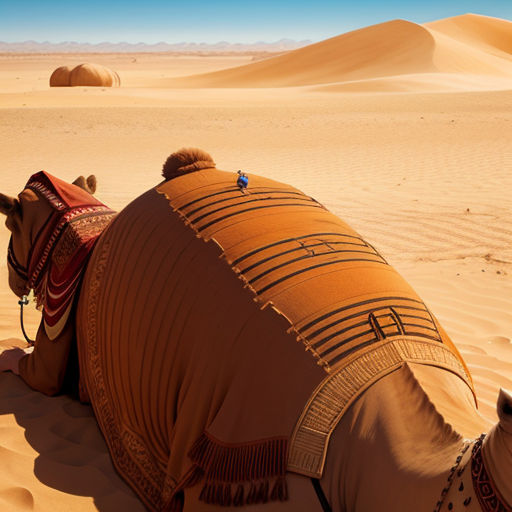
The Lazy Camel
By TANG

13 Aug, 2023

In the heart of a vast desert, dwelled a camel who was not like any other. He was always idle, constantly munching on sticks, thorns, and prickles, and would respond to anyone attempting conversation with a simple "Humph!"

His laziness was infamous among all. Animals were starting to work for humans, but this camel was determined to maintain his lazy lifestyle. When the scorching sun was overhead, he enjoyed his siesta under a large tamarisk tree.

One day, a man dressed in robes, came towards the camel. He was weary from his journey and hoped to convince the camel to assist him. "Humph!", the camel replied, uninterested in the stranger's proposition.

The disheartened man returned to his village empty-handed. Meanwhile, the camel continued to nibble on the prickly shrubs around him. However, he could sense something was different about today.

As the evening approached, the skies turned unusually dark. Tremors began shaking the ground. Suddenly, the camel found himself sinking into the sand. He bellowed loudly, panicking at the odd situation.

The camel struggled to free himself but to no avail. He was stuck in the middle of the desert, all alone. His once comforting solitude had turned into a terrifying loneliness.

He tried to call for help, but the vast desert returned only echoes. The camel began to regret his stubborn refusal to work, wishing now for anyone’s presence, even if it meant labor.

Back in the village, the man was telling his fellows about the lazy camel. Suddenly, they heard a distant, echoing bellow. The man instantly recognized it as the camel's cry for help.
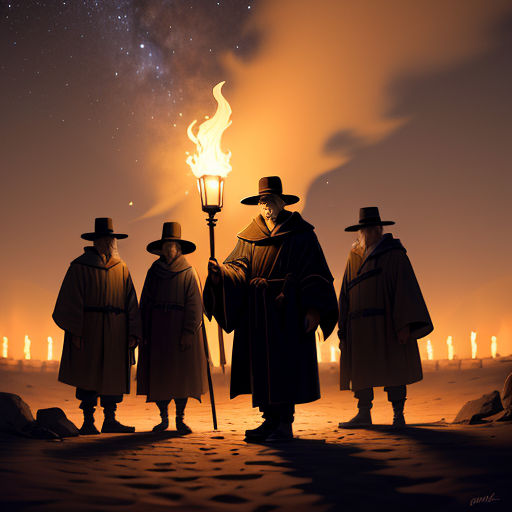
Hope surged through him as he rallied the villagers. With ropes and shovels, they set off through the night to the location of the sinking camel, a flicker of determination glowing in their hearts.
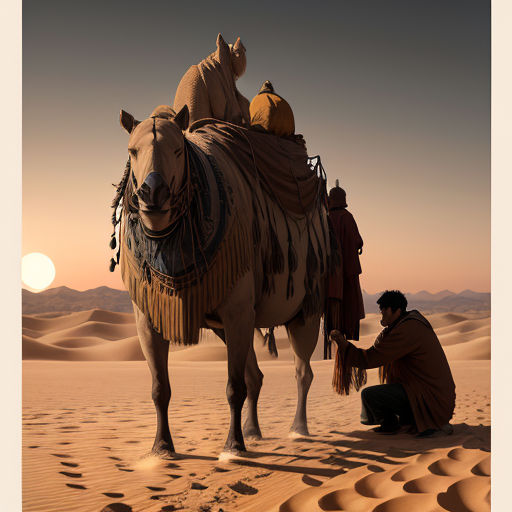
As they approached, the sight of the sinking camel filled them with dread. The camel’s eyes filled with relief and a glimmer of hope as he saw them. He realized that he was not alone anymore.

The villagers grappled with the task at hand. They started by digging around the camel, trying to loose the tight grip of the sand. It was hard work but they were determined, working tirelessly through the night.

As they toiled, the camel watched with gratitude. He yearned to apologize to the man he had scorned before, to express his newfound respect for hard work.

Eventually, as the first light of dawn pooled on the horizon, the camel felt the sand loosen around him. With a mighty effort, he managed to stand, free from the shifting trap of sand.

The villagers cheered, their faces glowing with the satisfaction of their hard work and success. The camel's eyes were brimming with relief and gratitude as he looked at them.

The man walked up to the camel, patting him gently. The camel lowered his head in respect, a clear contrast to his haughty behavior before. There was an unspoken understanding between them now.
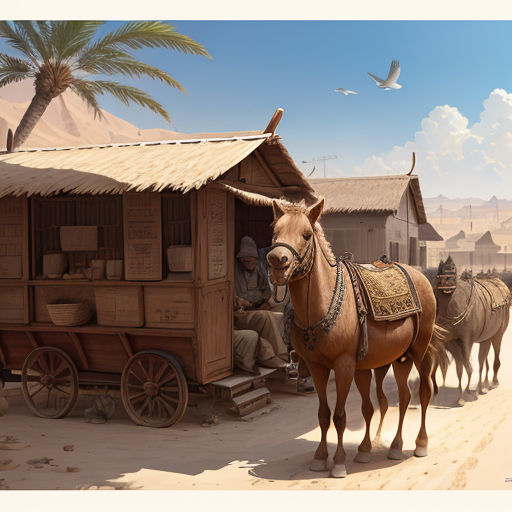
From that day forward, the camel’s life changed drastically. He started working alongside the villagers, learning to value the importance of labor and cooperation. His past laziness turned into a valuable lesson.

No longer did he lounge under the shade of the tamarisks all day. He helped to transport goods and even gave joyrides to the village children, becoming an invaluable part of the community.

The man and the camel developed a deep bond through their shared experiences. The camel's strength and now persistent hard work made the man's daily chores much easier.

The villagers admired the changed camel and respect grew for him. His story of transformation spread far and wide, becoming a tale of inspiration for all.

The camel was no longer a symbol of laziness but a beacon of change and hard work. It brought him closer to his purpose, and he found joy in his tasks, embracing this new chapter of his life.

Years passed and the camel grew older but, his spirit remained unbroken. Despite his age, he worked as hard as ever, teaching the younger camels the value of hard work and discipline.
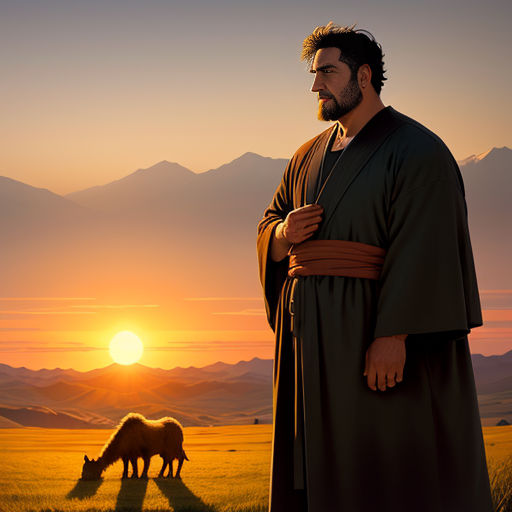
The man too aged, his hair turning silver. But his friendship with the camel remained as strong as ever. Their bond formed a picture of mutual respect and understanding.

Years later, the camel, in his final days, looked back at his life. He reflected on his lazy days, his transformation, and the incredible journey he had embarked upon from that fateful night.
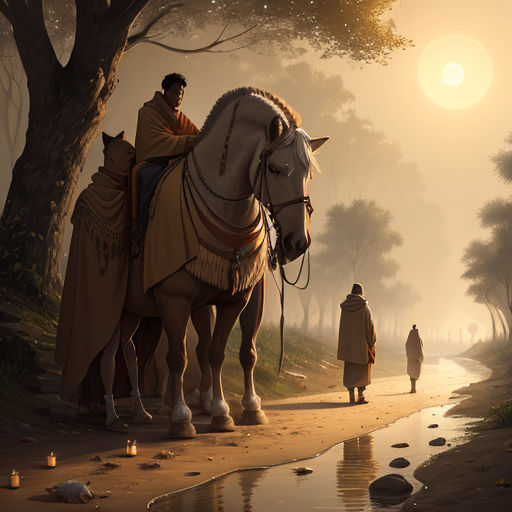
When he finally closed his eyes for the last time, the villagers mourned their loss. The man, his friend, grieved his loss deeply but celebrated the camel's exemplary transformation.

The camel's story lived on, etched in the hearts of the villagers. His transformation from being a lazy camel to an irreplaceable part of the village was a tale that would be told for generations.
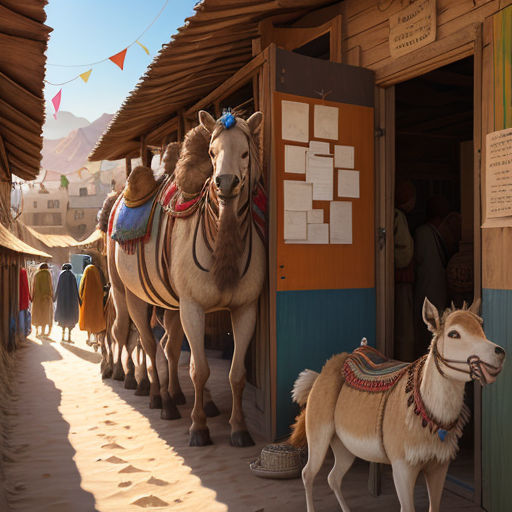
Children would scamper to hear about the lazy camel who changed his ways, the man who never gave up on him, and the bond they formed that transformed a village.

For centuries to come, under the shade of tamarisks, tales of the lazy camel would echo. The legend of his transformation served as a reminder that it's never too late to change and adapt.

The villagers, while reminiscing about the camel, would often end the tale by saying, "Remember, it's not how one starts but how one finishes that matters the most."
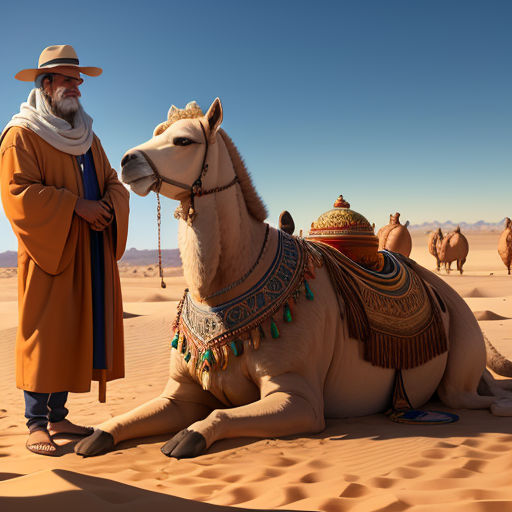
The camel's tale lived on, inspiring countless generations to value hard work, change, and camaraderie. His legacy was not that of a lazy camel but of an exemplary figure of transformation.

The once lazy camel, in his transformation and dedication, carved a tale of inspiration in the sands of time. His story became a lesson, a beacon for those who wished to change, proving that it's never too late for a new beginning.